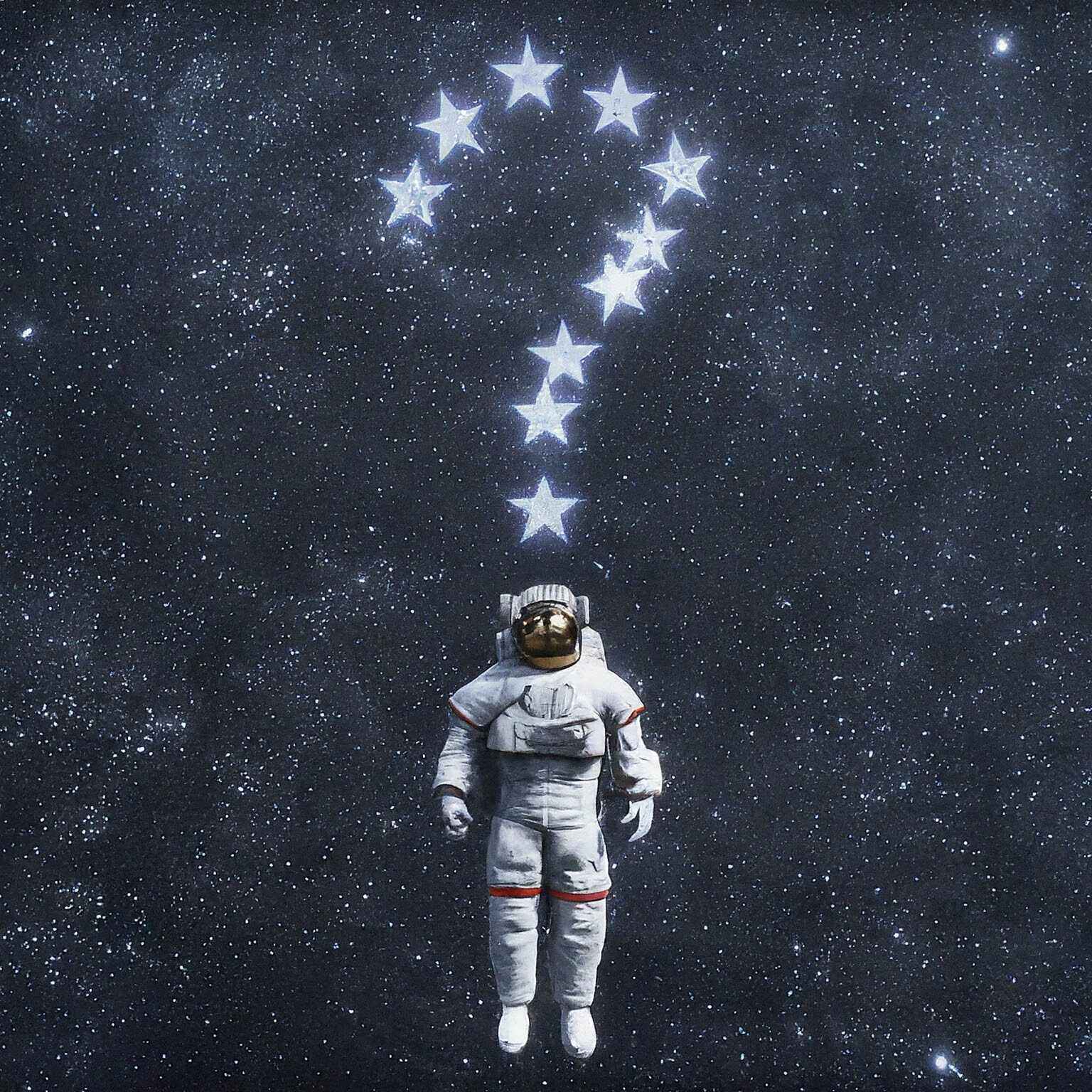Get ready to have your mind launched into orbit! Space is filled with bizarre and astonishing truths that will make you question everything you thought you knew. Buckle in and blast off on a journey to discover 15 space facts that will make your jaw drop.
Top 15 Mind-Blowing Space Facts (One-Liners)
- A day on Venus is longer than a year on Venus.
- The sunset on Mars appears blue.
- One million Earths could fit inside the Sun.
- There’s a planet made of diamonds.
- Neutron stars can spin 600 times per second.
- Space is completely silent.
- The International Space Station (ISS) is the size of a football field.
- There’s a giant cloud of alcohol in space.
- Jupiter’s moon Io is the most volcanically active place in the solar system.
- There may be life on Mars.
- The footprints on the Moon will be there for 100 million years.
- You become taller in space.
- A full NASA space suit costs $12 million.
- More stars exist in the universe than grains of sand on all of Earth’s beaches.
- There’s a floating cloud of water in space that’s 140 trillion times the size of Earth’s oceans.
Fact: 1. A day on Venus is longer than a year on Venus.
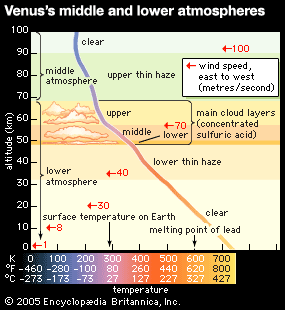
(Image Source : britannica)
We often think of planets rotating on their axis (a day) while taking time to orbit the sun (a year). But Venus breaks the rules! Due to its extremely slow rotation, it takes Venus approximately 243 Earth days to complete a single spin on its axis. However, it orbits the Sun much faster, making a complete revolution in about 225 Earth days. This strange quirk means that a day on Venus is technically longer than its year!
Fact: 2. The sunset on Mars appears blue.
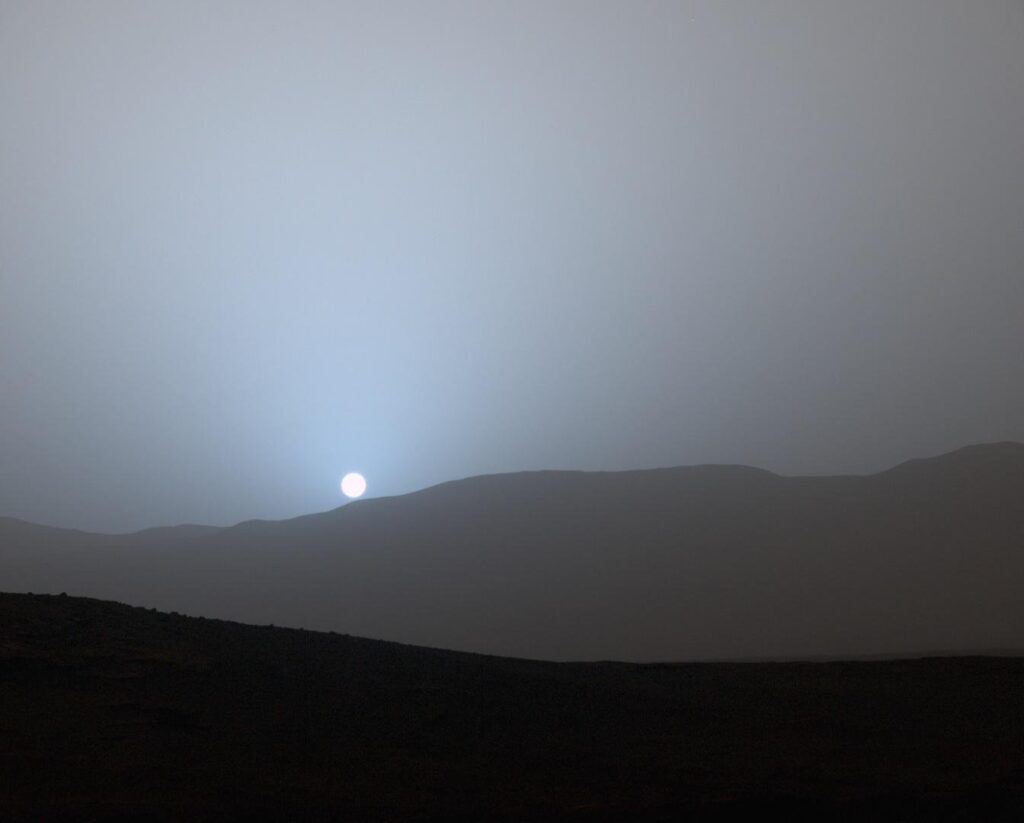
Unlike the warm golden or fiery red sunsets we experience on Earth, a Martian sunset takes on a cool blue hue. This is due to Mars’ thin atmosphere and the size of dust particles within it. The fine dust allows blue light to penetrate much more efficiently than colors like red and yellow. As the Sun dips below the horizon, this blue light dominates and bathes the Martian landscape in an eerie twilight glow.
Fact: 3. One million Earths could fit inside the Sun.
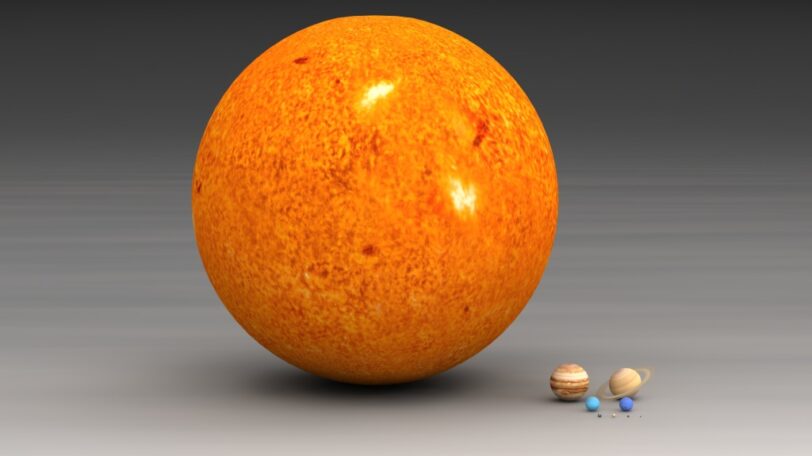
Our Sun is a star, and like all stars, it’s a giant ball of plasma (superheated gas). While the Sun might seem huge from our perspective on Earth, its scale is truly mind-boggling. The Sun’s diameter is about 109 times wider than Earth. When comparing volume, the difference is staggering; approximately 1.3 million Earths could squeeze inside the Sun. This puts into perspective just how insignificant our planet is within the grand scheme of our solar system!
Fact: 4. There’s a planet made of diamonds.
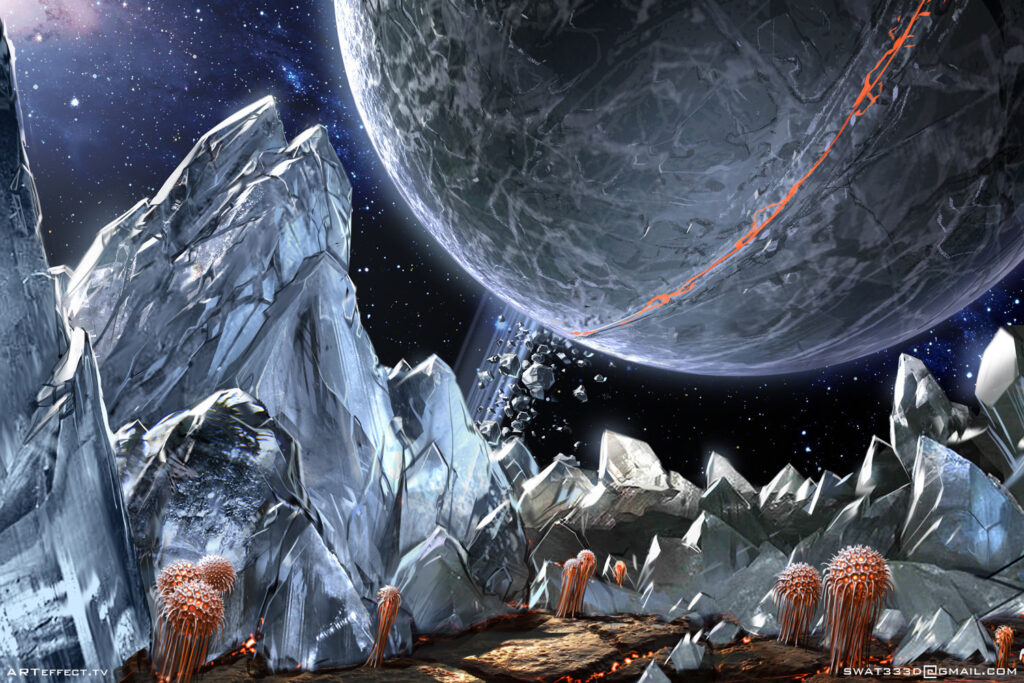
While it might sound like something out of a science fiction story, astronomers have indeed discovered a planet believed to be largely composed of diamond.expand_more Dubbed 55 Cancri e, this exoplanet (a planet outside our solar system) is about twice the size of Earth but packs eight times the mass.expand_more Scientists theorize its extreme density and unique composition indicate a carbon-rich interior with conditions for diamonds to form deep within the planet.
Fact: 5. Neutron stars can spin 600 times per second.
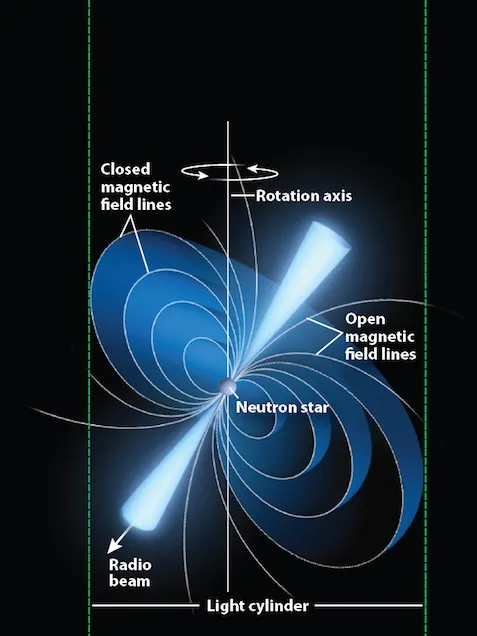
ESA/ATG Medialab
Neutron stars are the incredibly dense remnants of massive stars that have exploded in a supernova.expand_more They pack astonishing amounts of mass into a space the size of a city, creating intense gravitational fields.expand_more Some neutron stars, known as pulsars, emit beams of radiation from their poles.expand_more As pulsars rotate at mind-boggling speeds, these beams sweep across the cosmos like cosmic lighthouses.expand_more Certain pulsars spin hundreds of times per second, making them some of the fastest-spinning objects known in the universe.
Fact: 6. Space is completely silent.
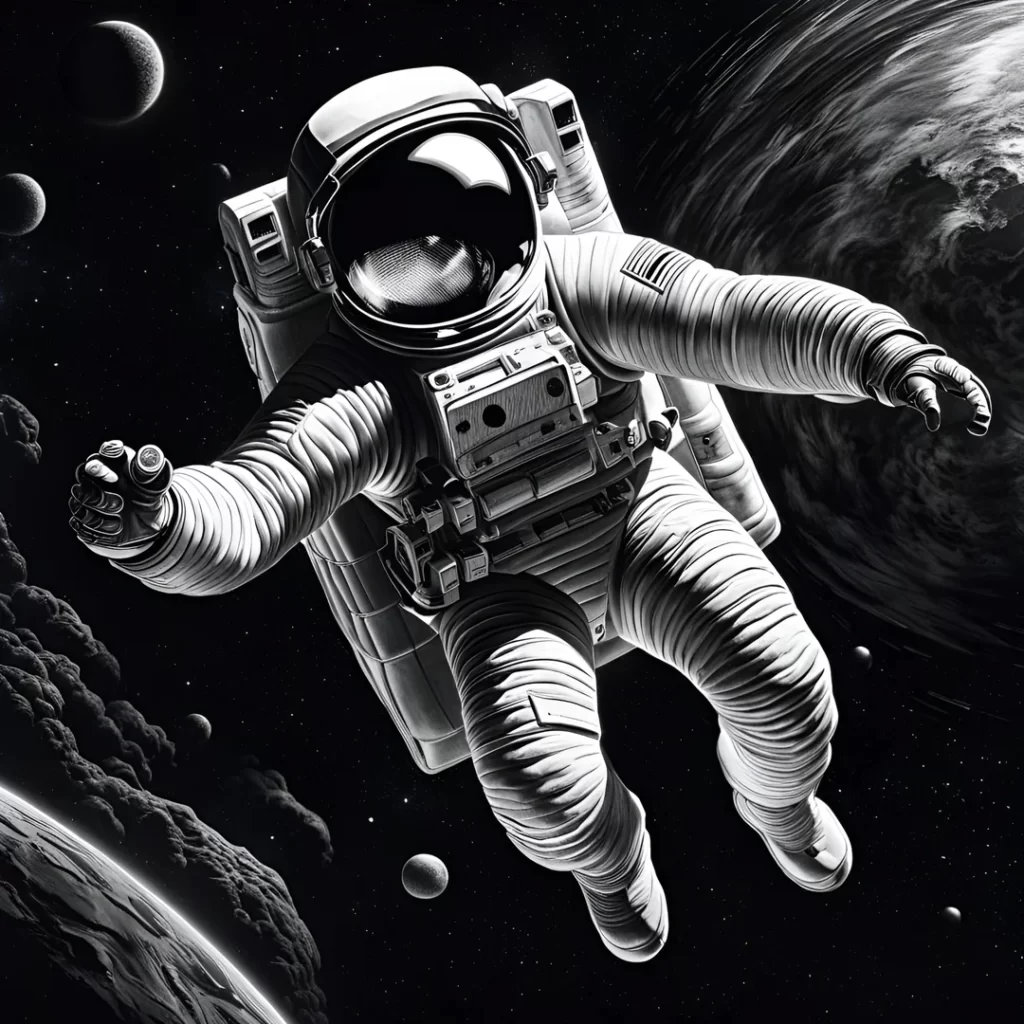
Contrary to the explosive sounds of spaceships and laser battles portrayed in movies, space is an incredibly silent place. Sound waves require a medium to travel through, such as air or water. With the near-perfect vacuum of space, there are no molecules to transmit sound vibrations. This means an astronaut could be yelling right next to you in space, and you wouldn’t hear a thing.
Fact: 7. The International Space Station (ISS) is the size of a football field.
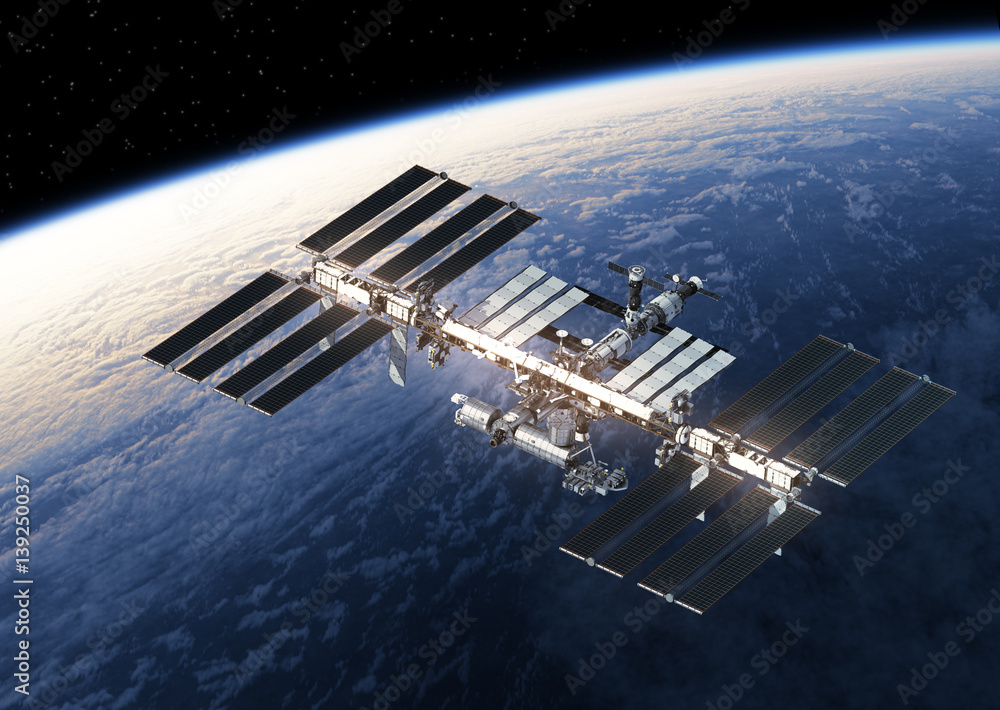
The International Space Station, or ISS, is a marvel of engineering and humanity’s outpost in orbit. To accommodate its multiple modules, solar arrays, and living quarters for astronauts, the ISS has an impressive footprint. Its full span measures about 357 feet (109 meters), very close to the size of an American football field including the endzones.
Fact: 8. There’s a giant cloud of alcohol in space.

(Image Source: researchgate)
While finding a cosmic cocktail party might be unlikely, scientists have detected a massive cloud of ethyl alcohol (the type in alcoholic drinks) floating near the center of our Milky Way galaxy. Spanning a whopping 288 billion miles, this cloud holds enough alcohol to make 400 trillion trillion pints of beer. Of course, it’s incredibly dilute and dispersed throughout a vast region of space!
Fact: 9. Jupiter’s moon Io is the most volcanically active place in the solar system.
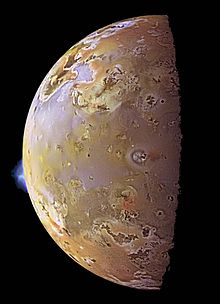
Image Source: wikipedia
Known for its fiery personality, Jupiter’s moon Io steals the volcanic spotlight in our solar system. Due to its interaction with Jupiter’s massive gravity, Io experiences intense internal heating that fuels colossal volcanic eruptions. Volcanoes on Io blast superheated plumes hundreds of miles high, constantly reshaping its surface.
Fact: 10. There may be life on Mars.
The question of whether life exists beyond Earth has tantalized scientists and dreamers for generations, and Mars holds tremendous potential. Though currently a cold, dry desert, evidence suggests liquid water once flowed abundantly on the surface of Mars. Scientists find traces of potential ancient lakes, rivers, and possibly even an ocean. Along with the discovery of organic molecules, the building blocks of life, these clues make Mars a top contender in the search for extraterrestrial lifeforms, whether past or present.
Fact: 11. The footprints on the Moon will be there for 100 million years.
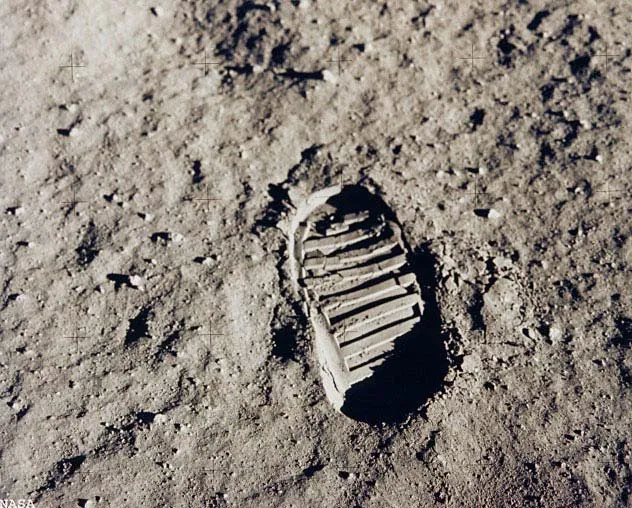
When Neil Armstrong and Buzz Aldrin took those first historic steps on the Moon, they left more than a symbolic mark in history. Due to the lack of atmosphere and erosion on the Moon, those footprints remain essentially pristine. Without winds, water, or significant geological activity to disrupt them, scientists estimate the astronauts’ footprints could remain undisturbed for 100 million years!
Fact: 12. You become taller in space.
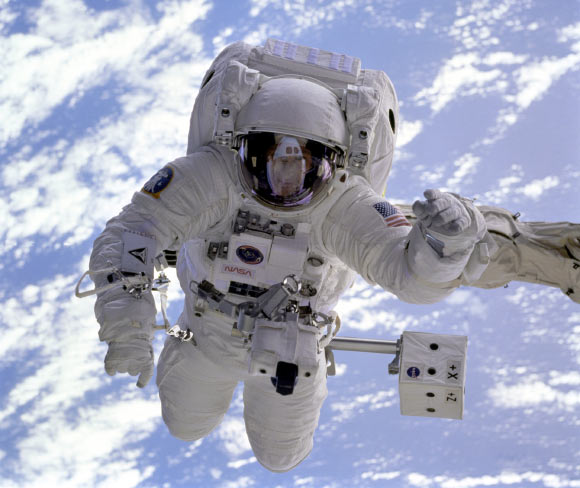
The lack of gravity’s constant downward pull has some surprising effects on the human body. In a microgravity environment like the International Space Station, astronauts’ spines elongate. Without the weight and compression we experience on Earth, astronauts can grow up to two inches taller while in space! However, they return to their usual height once they’re back under Earth’s gravity.
Fact: 13. A full NASA space suit costs $12 million.
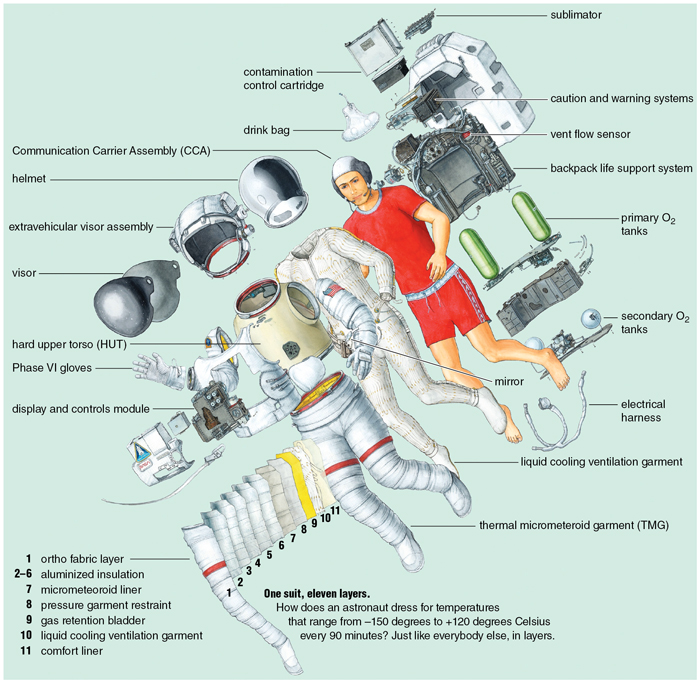
Image Source: americanscientist
While $12 million might seem like an astronomical price for clothing, NASA spacesuits are incredibly complex pieces of technology. A spacesuit is essentially a mini-spacecraft in itself, designed to protect astronauts from the harsh vacuum of space, micrometeoroids, and extreme temperatures. With sophisticated life support systems, a spacesuit allows astronauts to step outside the ISS or walk on the lunar surface –making it worth the hefty price tag.
Fact: 14. More stars exist in the universe than grains of sand on all of Earth’s beaches.
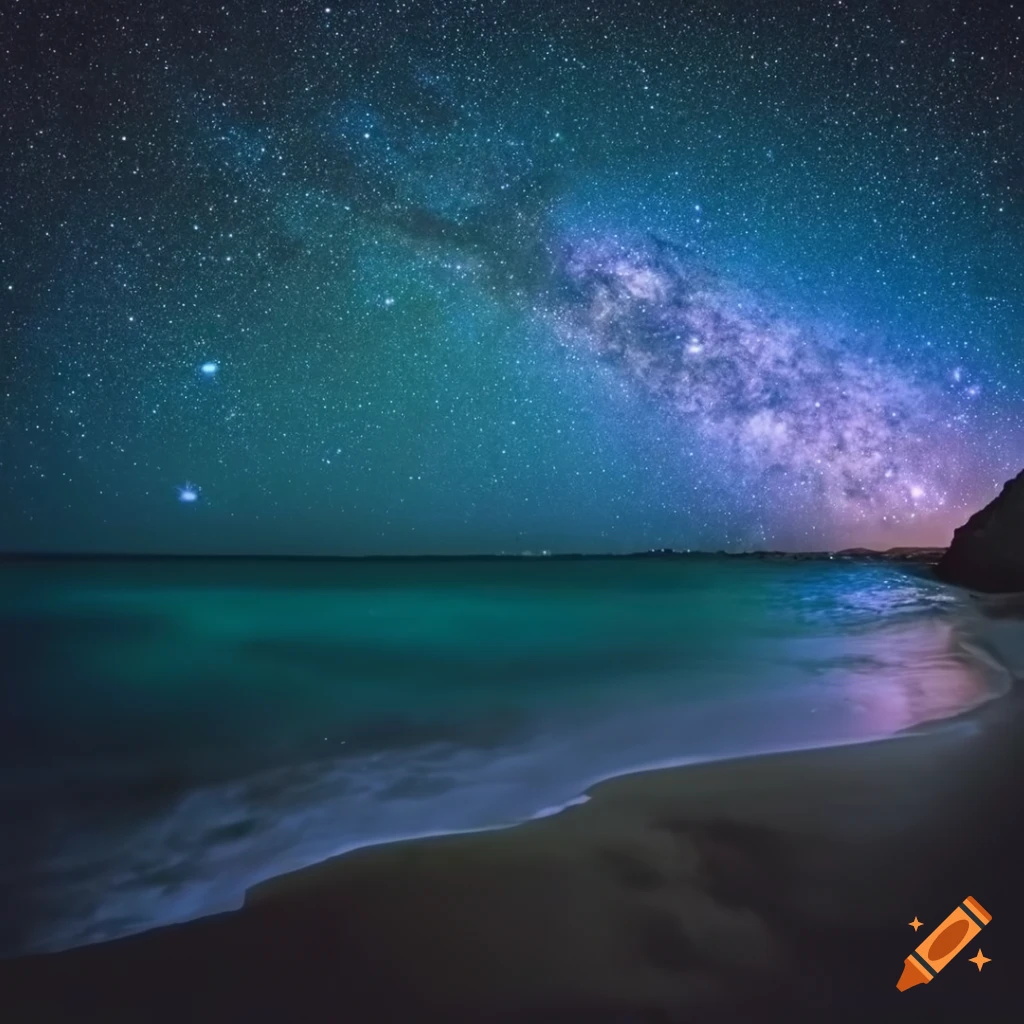
When you gaze at the seemingly endless number of stars on a clear night, it’s hard to fathom their true abundance. Astronomers estimate the observable universe contains at least 100 billion galaxies, each holding billions or trillions of stars. To put that colossal number in perspective, it’s far greater than the total number of grains of sand on every single beach on our planet!
Fact: 15. There’s a floating cloud of water in space that’s 140 trillion times the size of Earth’s oceans.
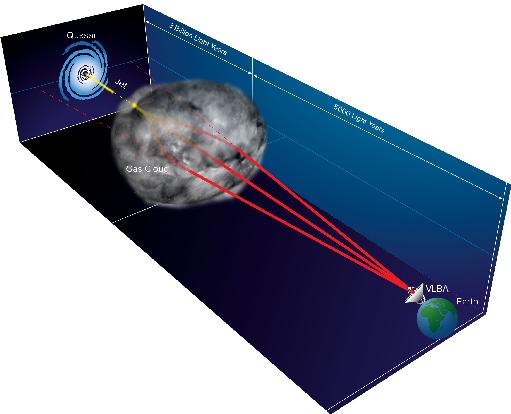
distant gas cloud in space Image Source: nrao
Out in the depths of space, a reservoir of water vapor surrounds a supermassive black hole about 12 billion light-years away. This cosmic cloud holds a truly mind-boggling amount of water. Scientists estimate this vapor cloud holds 140 trillion times the mass of water found in all of Earth’s oceans combined, highlighting the incredible scale and unexpected wonders hidden in our universe.
Conclusion
The incredible vastness and mind-bending phenomena of space ignite a sense of awe and limitless possibility. It reminds us that even on our little blue planet, we are part of something unimaginably massive. With endless mysteries waiting to be uncovered, there’s always more to learn about the great expanse beyond Earth. Whether you’re left scratching your head in wonder or inspired to dive deeper into astronomy, one thing’s for sure: space is truly out of this world!
FAQs
1. Why are there so many craters on the Moon?
Unlike Earth, the Moon has no atmosphere or weather to erode impact craters. This preserves them for millions of years, creating a record of asteroids and meteor strikes.
2. Could we live on another planet?
Scientists are actively searching for exoplanets that may have Earth-like qualities. However, even if a suitable planet is found, surviving in a new environment with potentially unknown factors poses tremendous challenges.
3. How long does it take to get to Mars?
With current technology, a one-way trip to Mars would take about six to nine months.
4. What causes a black hole?
Black holes form when extremely massive stars collapse in on themselves, creating a region of spacetime where gravity is so strong that nothing, not even light, can escape.
5. Is there a possibility of alien life?
While no definitive proof exists, scientists believe the sheer number of stars and planets in the universe increases the likelihood that some form of life exists beyond Earth.
6. What is the temperature in space?
Space itself has no temperature as it’s a vacuum. Objects in direct sunlight can reach incredibly hot temperatures, while those in shadow plunge to extreme cold.
7. Will the Sun ever die?
Yes, our Sun will eventually run out of fuel and die, but not for about 5 billion more years.
8. How large is the Milky Way galaxy?
Our home galaxy, the Milky Way, is vast! It stretches 100,000 light-years across and contains hundreds of billions of stars.
9. How do astronauts eat and sleep in space?
They eat specially prepared, packaged foods and sleep in sleeping bags often tethered to keep them from floating away in zero gravity.
10. Can I see the International Space Station (ISS) from Earth?
Yes! The ISS is often visible at dawn or dusk with the naked eye. Check websites like https://spotthestation.nasa.gov/ for viewing opportunities in your area.

